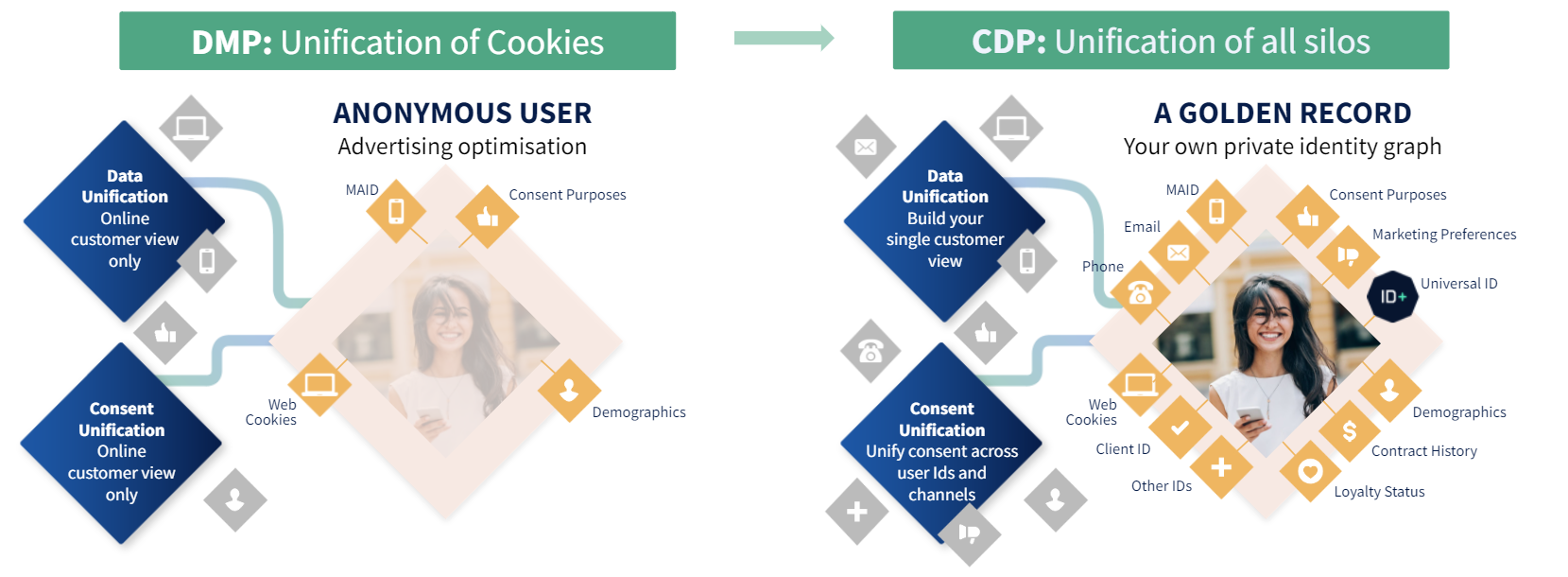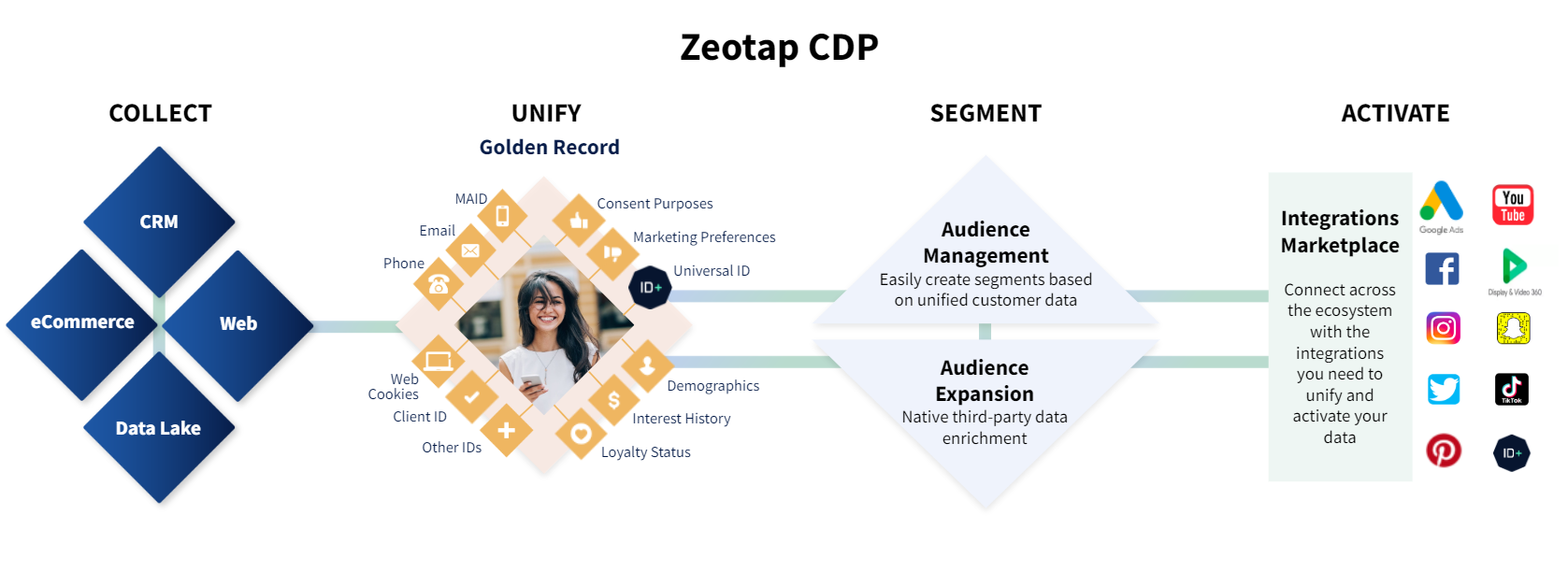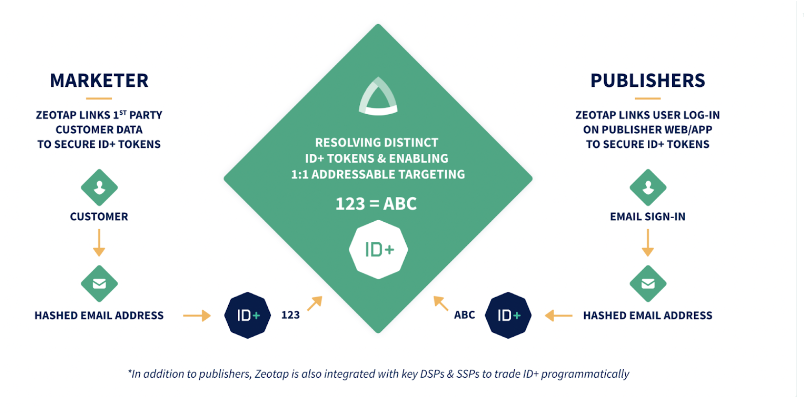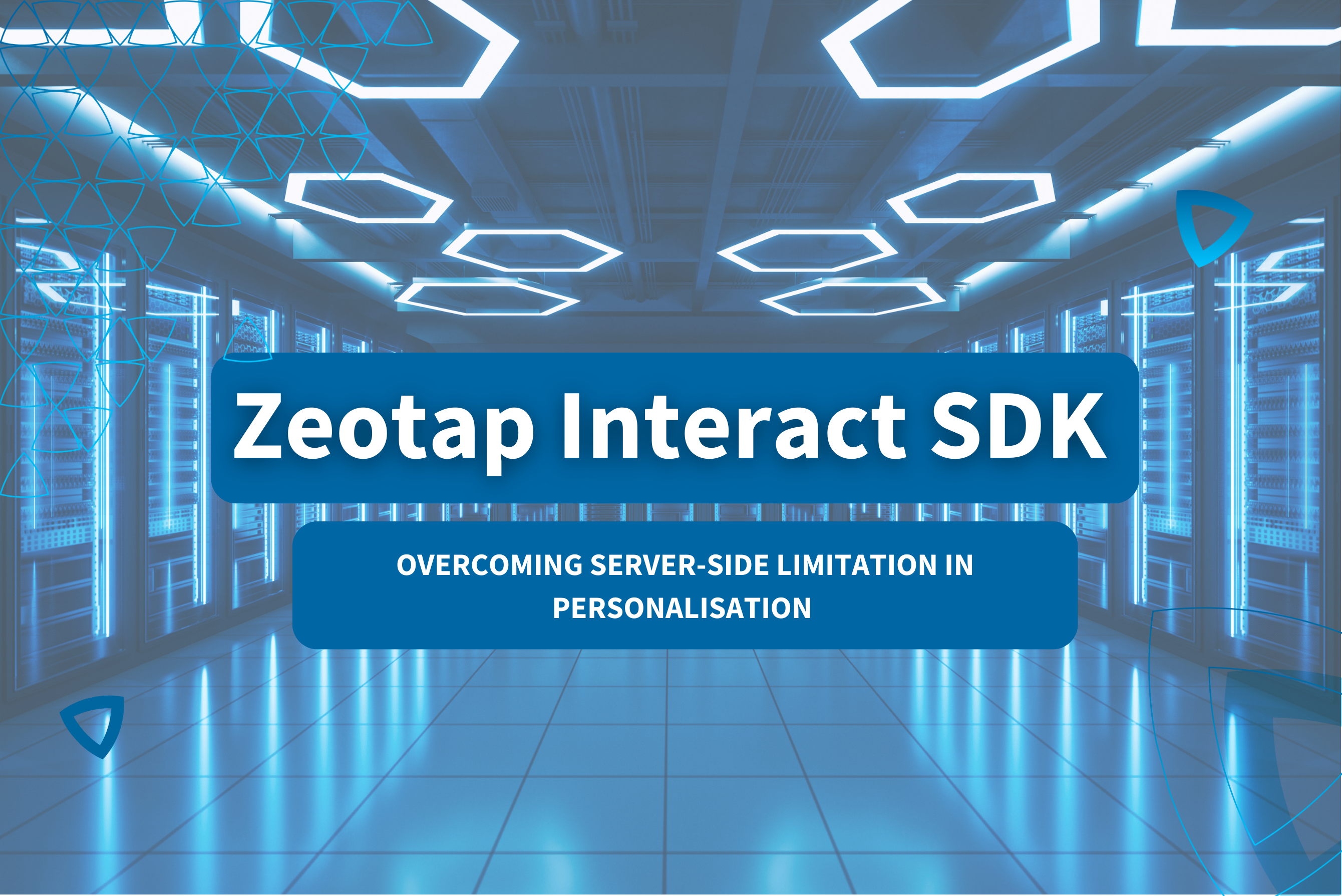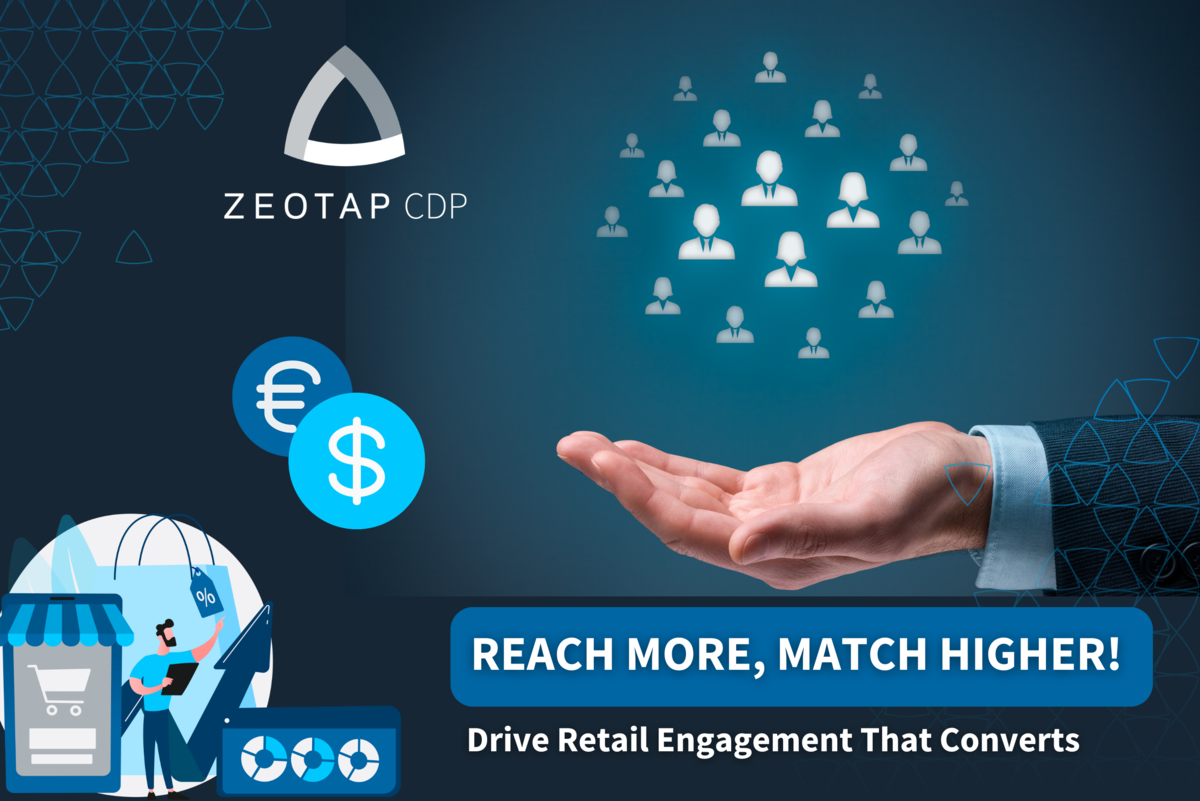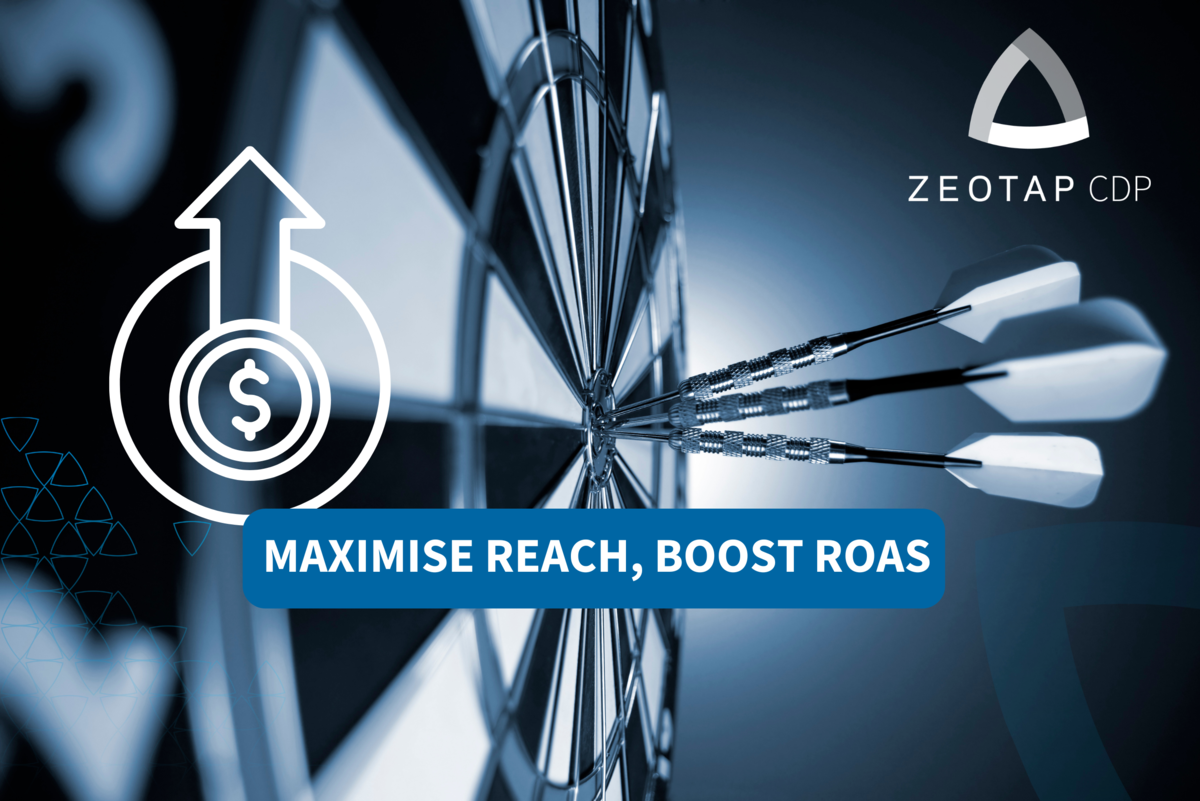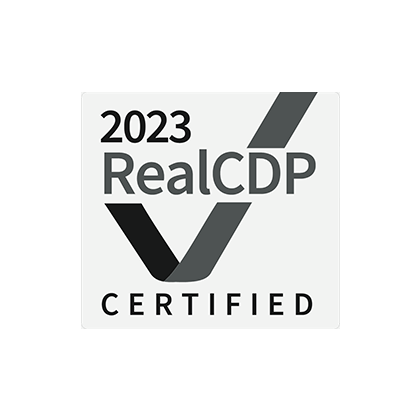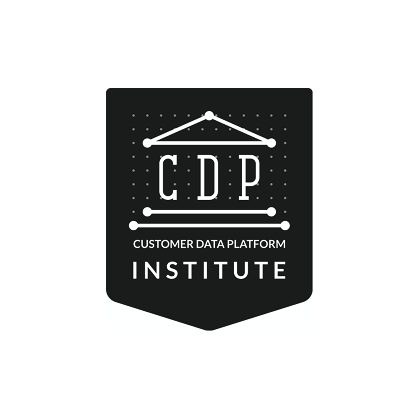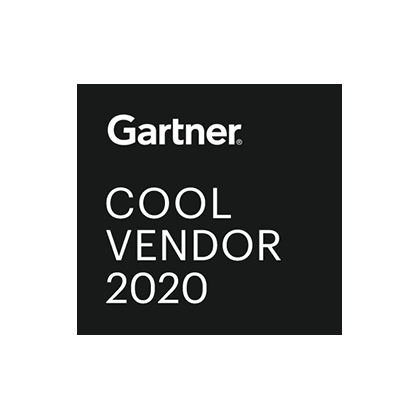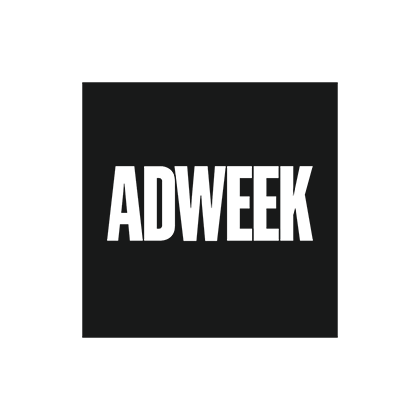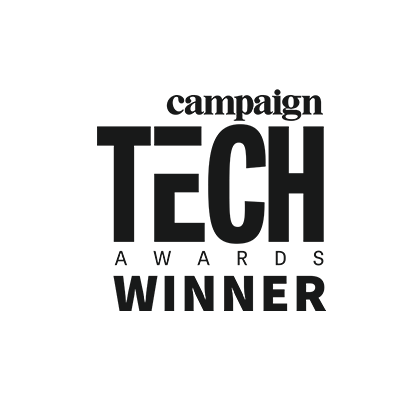Cookies – more specifically, third party cookies – have been the lifeblood of online marketing for over a decade.
They’re the things that have allowed marketers to track users across the web and subsequently deliver ads designed to appeal to them, through being able to collect vital information like user behaviour, preferences, and even interests.
But with the advent of data protection regulations like GDPR and CCPA, and the erasure of all third party cookies in 2023, marketers are beginning to think more seriously about what options there are for delivering relevant, effective marketing and advertising in a privacy-first world.
As marketers begin to navigate this new world without cookies, they’re quickly learning that CDPs (customer data platforms) are becoming an increasingly necessary tool in their belt.
That’s because CDPs offer a way to manage, collect and store user data, all whilst remaining compliant with data protection regulations.
We take a closer look into how, and why customer data platforms are fast becoming part of the solution.
What The New Cookieless World Could Look Like…
Before we do that, here’s a recap of what a world without cookies is expected to look like.
Google Topics (and then some…)
The third instalment in Google’s latest solution to third-party cookie deprecation (following the unsuccessful FLoC project), Topics, groups users via unique identifiers such as the IP address accessed by their web browser, and APIs then store information about three to five topics that a user regularly interacts with on the web.
For example, sports, news, and pets. Websites are then able to access these allocated topics to produce ads that may be relevant for a user as they land upon the site. i.e: a pet product advertisement displayed around sports-related content.
But this is just the tip of the iceberg when it comes to new ideas for ad targeting – in the new reality of addressability, there are many other methods being discussed and tested, including:
- Contextual targeting
- Universal Identifiers (such as Zeotap’s ID+)
- Probabilistic (or fingerprint-based)
- Cohort-based targeting
For a bigger run-down, check out this post on cookie alternatives.
First-party data precedence
In light of third-party cookie elimination, businesses and marketers must make the most of first-party data.
First-party data is data that a business collects directly from its customers and therefore ‘owns’, and is extremely valuable to marketers because it provides accurate information but more crucially, does so in a way that gives clarity on the data’s provenance.
This latter part is exactly why first-party data is so critical in a privacy-first world – where the business owns the journey of the data end-to-end, it can put measures in place so that it’s only using data for which it has obtained the appropriate consent. s
With first-party data, marketers have access to a wealth of information such as consumer preferences, location, and other demographic data can all be used to build a complete consumer profile that can be targeted with relevant marketing and advertising.
First-party data strategies are able to maintain positive and compliant customer experiences, safeguard personal data and provide marketers with relevant advertising opportunities, making them a powerful option for everyone.
Customer Data Platform preference
Data management platforms (DMPs) and Customer Data Platforms (CDPs) have been developing ways to prepare for such a change like the one a cookieless future will bring.
But remarkably, data from Zeotap’s most recent research revealed that the top 1% of marketers are opting to switch away from Data Management Platforms (DMP), and are making the transition to Customer Data Platforms (CDP) instead.
Why? It’s all to do with the aforementioned first-party data. DMPs primarily rely on third-party data, whereas CDPs primarily use first-party data (which we now know to be the key to success in a cookieless future).
6 Ways A Customer Data Platform (CDP) Can Be Part Of The Solution To A World Without Cookies
1. Manage Data Collection
The enormous quantity of data amassed by businesses through their numerous touchpoints (customer service, websites, point-of-sale) provides an opportunity to understand various consumer needs and desires. However, collecting, managing and analysing data from numerous sources can become a minefield.
This is where a CDP shines. ACDP can collect and manage first-party customer data from multiple sources, and then make it actionable by organising that data into single customer profiles, sometimes known as a Golden Record.
What’s special about CDPs is that they’re built to be able to ingest this data in any number of formats, from flat files to integrations with other platforms and even web or app pixels.
A good CDP will be able to ingest data from pretty much anywhere!
2. Resolve identities into a single customer view
A 360-degree customer view, often referred to as a single customer view, is a comprehensive amalgamation of all data pertaining to an individual customer.
The information might include basic contact information, as well as purchasing history and details on the transactions they had with other business touch-points (such as customer service or point-of-sale) throughout their client journey.
Customer data, however, comes from a wide range of sources, creating a lot of information that must be aggregated, cleaned and combined into a comprehensive whole before it can be stored in a secure location accessible to only those who need it.
But with cookies gone, identifying customers and attributing the right data fragments to them gets harder still.
This is where Identity Resolution technologies found in Customer Data Platforms are critical in matching, standardisation and validation. The attributes of the same individual user are linked together under a unique ID by applying a classification scheme to the data labels of your multiple sources, enabling the creation of a single customer view.
Because of the extent of these needs, Customer Data Platforms (CDPs) are the best pieces of software available to create secure, and comprehensive, single customer views.
3. Manage Consent
One of the key features of a CDP is the ability to track and manage the whole consent journey: vital to ensure that businesses only use customer data in ways that are permitted by the customer.
For example, a customer may give their consent for their data to be used for marketing purposes while interacting with a company via web, but might later retract that consent when engaging via email.
In unifying that customer’s data from separate channels and data sources, a CDP also unifies the record of that customer’s consent preferences – a process known as consent orchestration that can help to ensure that customer choices are easily adhered to.
4. Enable activation in walled gardens
In the cookieless future, marketers will still want to use the addressability options available to them on some of the biggest platforms in the world. These ‘walled gardens’ such as TikTok, Facebook and Google Ads will see a new kind of role as the open web adapts to life without cookies
But there’s a challenge here. Multiple walled gardens mean multiple data sets with multiple activation requirements: a very manual process which can result in delays. If you’re a paid media manager reading this, you probably know exactly what we’re talking about.
If you want a data-led walled garden strategy that can be launched within a few clicks, this is where a CDP can be your hero. With a CDP you’ll have access to customer segments that can be activated across multiple channels in a single click.
But it gets better….
You’ll have no reliance on data teams and the data you do get will be a lot more impactful. A CDP will help you identify customer segments that are likely to convert using behavioural data from across multiple touchpoints.
So when you’ve been creating audiences in the past, and you found yourself thinking “I wish I could combine data from our CRM and website” you’ve found your answer.
5. Enable activation across the open web through Universal IDs
In the cookieless future, a CDP is also critical to be able to take full advantage of one of the key strategies being developed to allow for addressability on the open web: Universal IDs. At Zeotap, this is ID+.
Universal IDs are shared, persistent identifiers that connect users across the digital marketing ecosystem. They’re designed to safeguard the future of identity and addressability when third-party cookies are deprecated in 2023:
Put simply, a Customer Data Platform will be able to unify existing data silos within your business and create a hashed, unique Universal ID for that user. This ID is securely shared with the connections the CDP has to publishers.
When it’s matched you can use the available inventory with the publisher to show an ad to that Universal ID. This allows you to effectively advertise to target customer segments.
For example, Zeotap ID+ can push these Universal IDs out to the below as a few examples
6. Provided Opted-In Audiences To Publishers
Finally, and linked to the above, because a CDP keeps track of multiple touchpoints and marketing preferences you’ll only be marketing to opted-in audiences when you address your segments across the open web.
This benefits you in two ways:
- This will keep you compliant with advertising guidelines and legislation. Every opt-out request is automatically tracked and taken into account across all channels.
- The audiences you share will be extremely accurate, having taken into account data across multiple sources from within your business.
How Zeotap Can Help In A Post-Cookie World
If you like the sound of the above and would like to find out how a CDP could help you in the post-cookie world, request a free demo from one of our team. We’ll explore your key challenges and find a CDP setup that works best for you and your data landscape.
